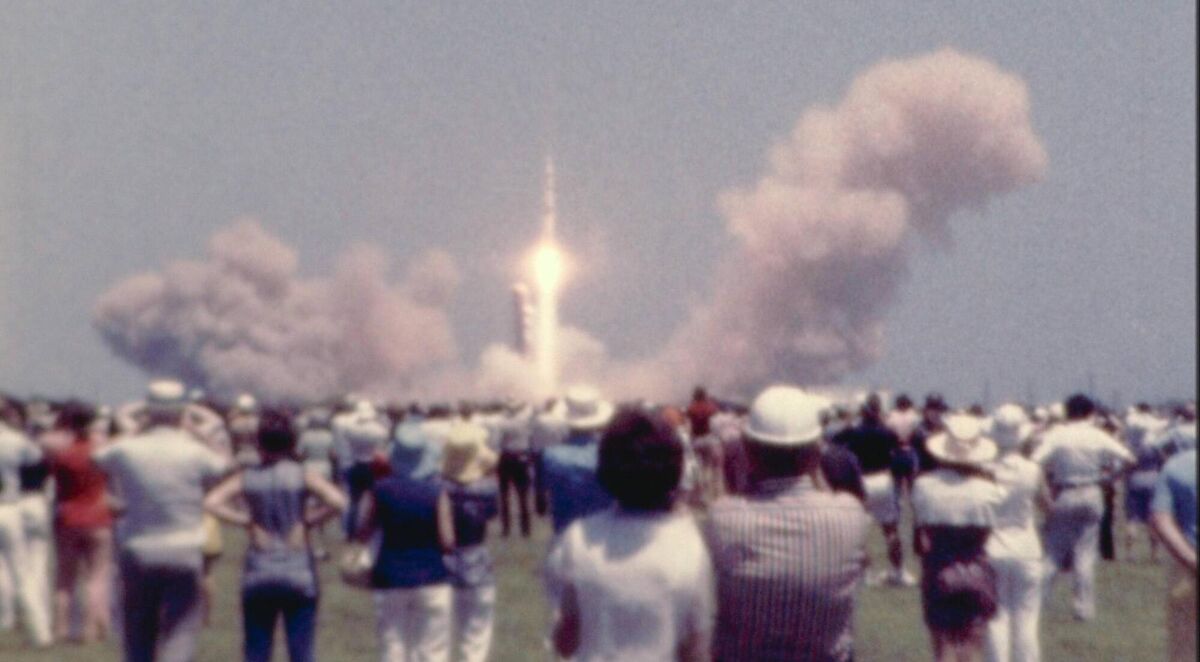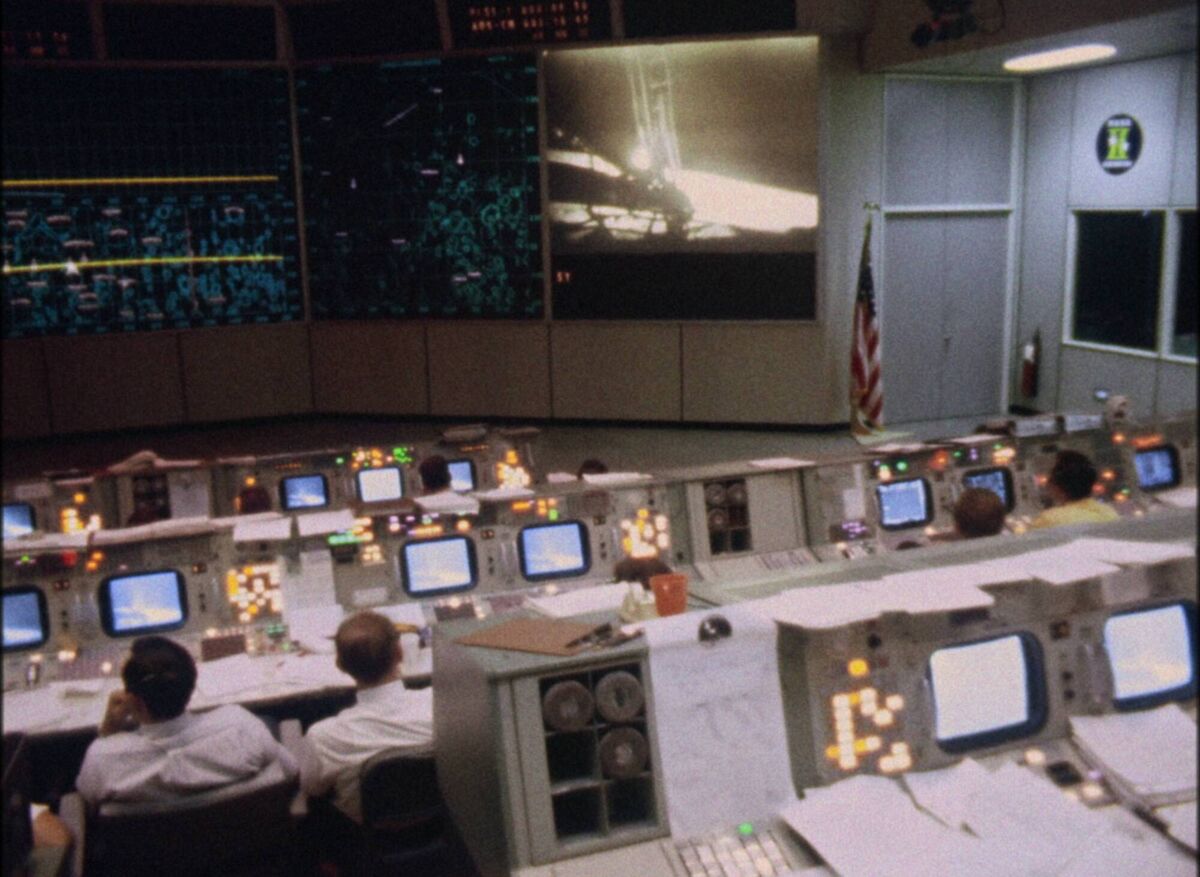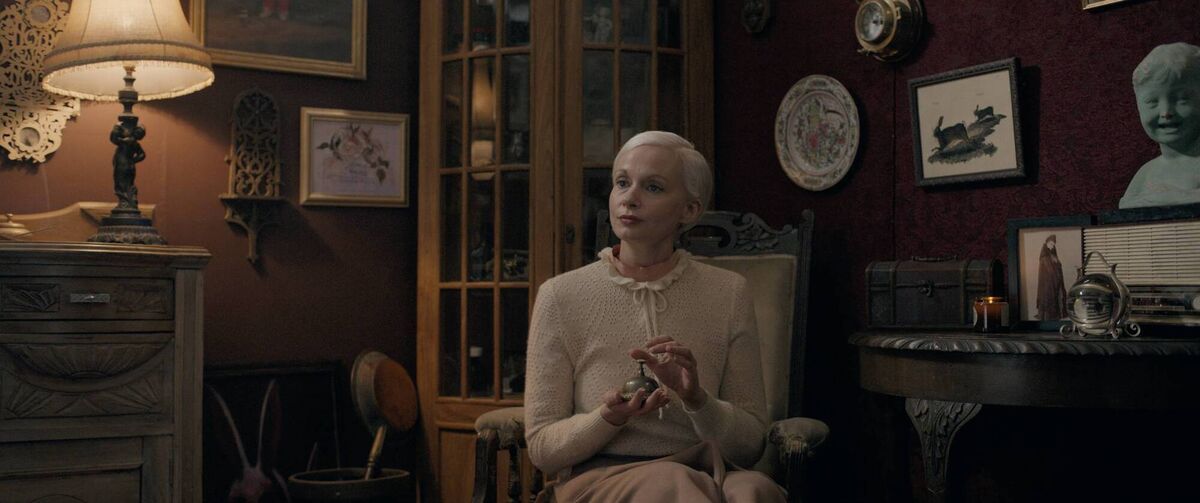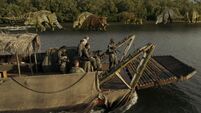Apollo 13: Gripping account on Netflix of the spacecraft that almost didn’t make it

Apollo 13: Survival: Marilyn Lovell and her family gaze skywards towards their beloved Apollo crew-member. Pictures: Netflix
Just nine months after Neil Armstrong walked on the moon, NASA faced the greatest and most urgent crisis in its history. On the night of April 13, 1970, a catastrophic explosion rocked the Apollo 13 spacecraft, leaving three astronauts stranded 200,000 miles from home amid rapidly dwindling oxygen and power supplies.


- Apollo 13: Survival is now on Netflix

Tim Burton goes back to the future with a sequel centring on three generations of the colourful Deetz family. With Michael Keaton
Irish filmmaker Ross Killeen collaborates with the artist Asbestos in a moving documentary about the impact of Alzheimer’s disease on a family.
Bantry filmmaker Damian McCarthy’s cleverly crafted horror centres on a psychic investigating the death of her sister.
Twelve Years a Slave Actor Chiwetel Ejiofor turns director and stars in a drama about a man torn by his father’s past.
A former Marine struggles with small-town corruption in this thriller for Netflix, starring Aaron Pierre and Don Johnson.



